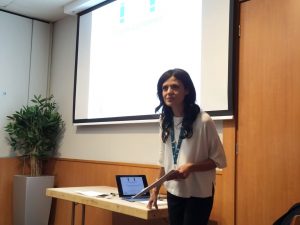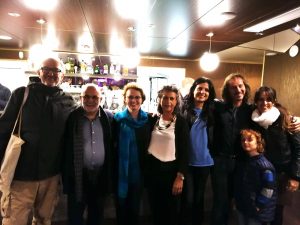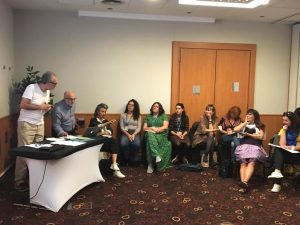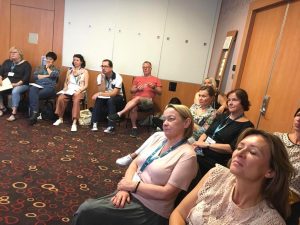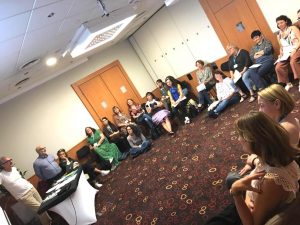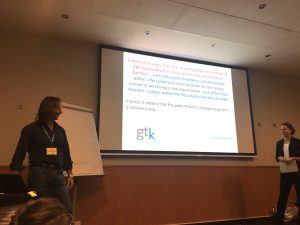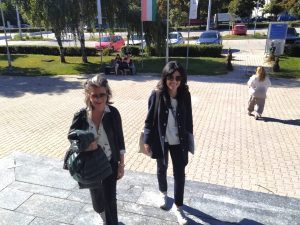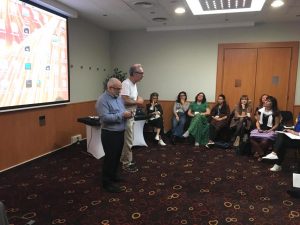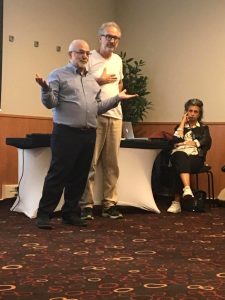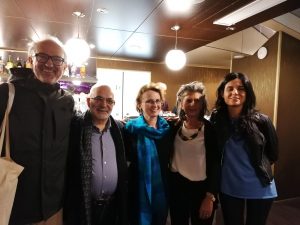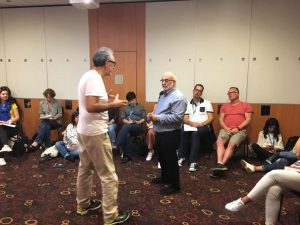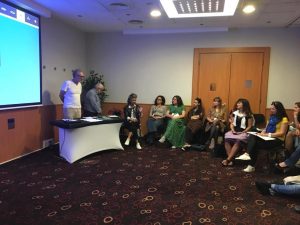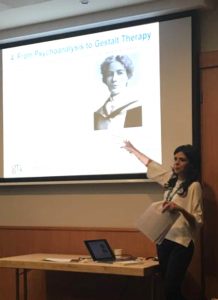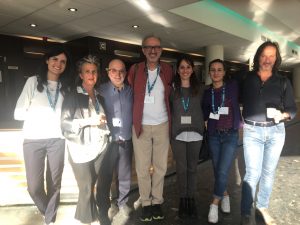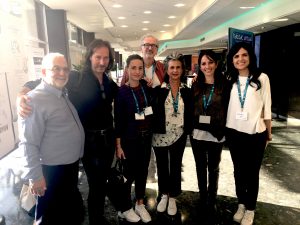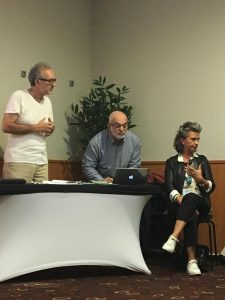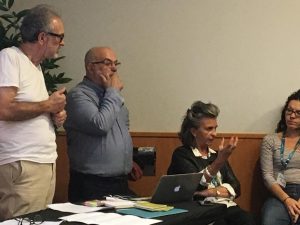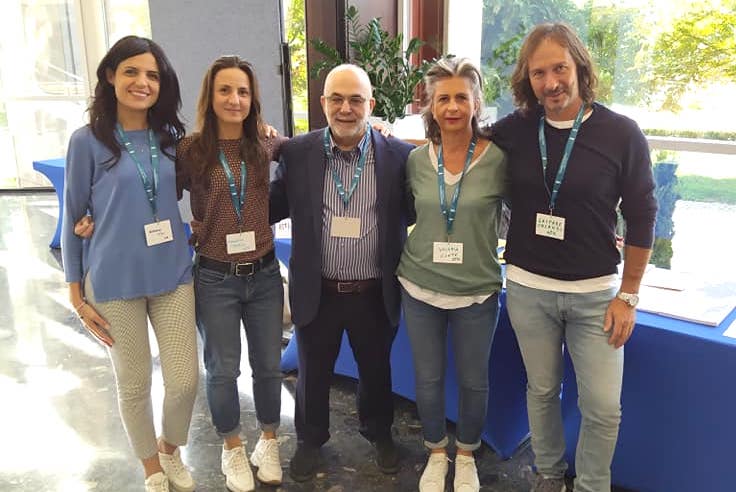
 The Gtk Institute in Budapest!
The Gtk Institute in Budapest!
The Directors of our Institute, Giovanni Salonia and Valeria Conte, along with Giovanni Turra, Gaspare Orlando and Rosaria Lisi, participated and gave their contributions to this year’s European Association of Gestalt Therapy (EAGT).
Here are the details of our presence and of our contributions to the EAGT Conference 2019, with the abstracts of the speeches that were held on 20 and 21 September.
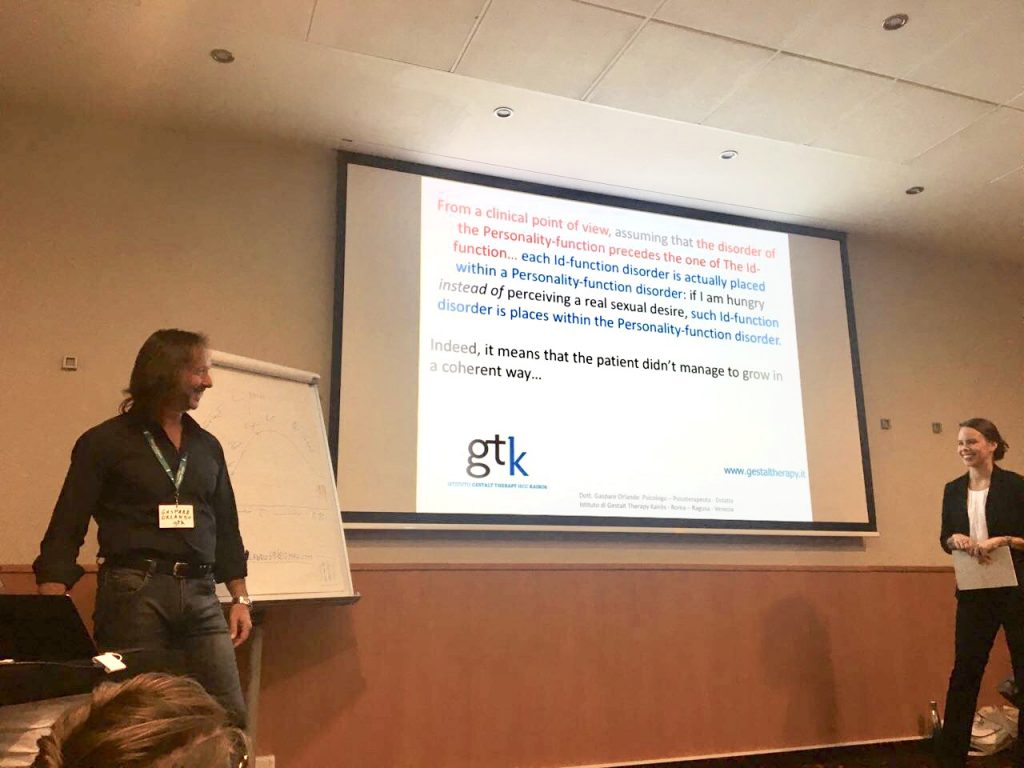
Gaspare Orlando gave a lecture on “PANIC ATTACKS Base relational model (MRB), Life Cycle and Clinic in GTK”:
PANIC ATTACKS. Relational Model of Base (MRB), Life Cycle and Clinic in gtk
The article describes the study, research and clinic of Panic Attacks with a phenomenological and procedural reading, faithful to the theoretical-clinical orientation of Gestalt Therapy (gtk institute). The Panic Attacks can be considered a dramatic request for a relationship to reconstruct that constitutive belonging to every integral and full identity. In this regard, in the contribution, the issues concerning the phenomenology of the Panic Attack in the Postmodern Society will be addressed, the meaning of the symptom in relation to the patient’s Life Cycle with reference to the current context and to the MRB. Study and clinical research shed light on the diagnostic aspect of panic attacks (contact interruption and body-relational experience in the retroflexive relational style), and on the therapeutic one, taking into account the contact cycle theory, the theory evolutionary and of the theory of the self. Finally, emphasis will be given to the differential diagnosis between the Panic Attack and the Panic Crisis, since this aspect determines the specific clinical and therapeutic intervention.
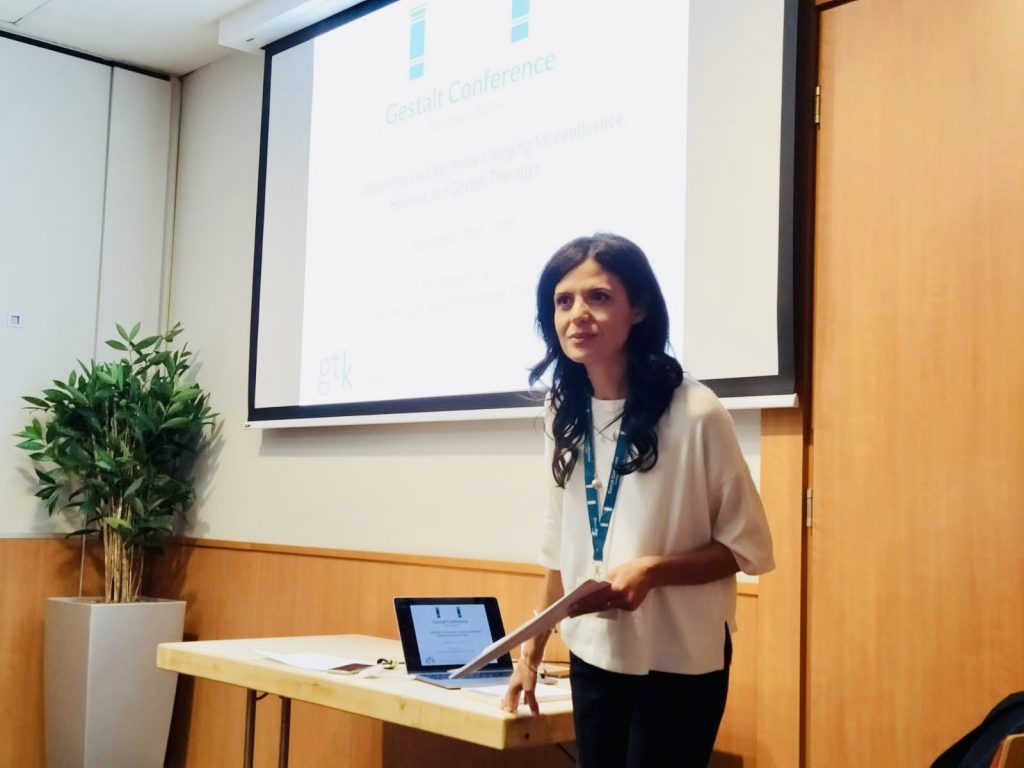
Rosaria Lisi gave a lecture on “When the void becomes a longing for confluence. Hysteria and Gestalt Therapy”:
When the void becomes a longing for confluence. Hysteria and Gestalt Therapy
Starting from the semantic analysis of the term hysteria in the text “Gestalt Therapy” of Perls, Hefferline and Goodman, the intervention retraces the novelties of Freud’s theory of hysteria and the rereading of the feminist theories. It reaches a new hermeneutic and gestalt clinic that considers hysteria as a set of body-relational experiences that characterize the interruption of the cycle contact and of the specific disorders of the Personality-function, of the Id-function and the loss of the Ego-function. I am going to highlight how the rereading offers the relational hermeneutic to the symptoms of the histrionic personality disorder described in the DSM 5 and how it integrates with the new clinical perspectives described by J. Mithell (she inserts the phratry in the genesis of hysteria). Also, I will focus on the intriguing results of the anthropological research of L. Irigaray about the hysterical language and the neuroscientific researches about the imitation of V. Gallese. The aim of the lecture is to offer tools and keys to interpretation useful for the Gestalt clinician to recognize the hysteria even when it hides ‘simulating’ other pathologies (perhaps more easily observed by other contemporary psychopathologists) and presenting the particulars of hermeneutics and of the gestalt clinic according to the relational hysterical mode.
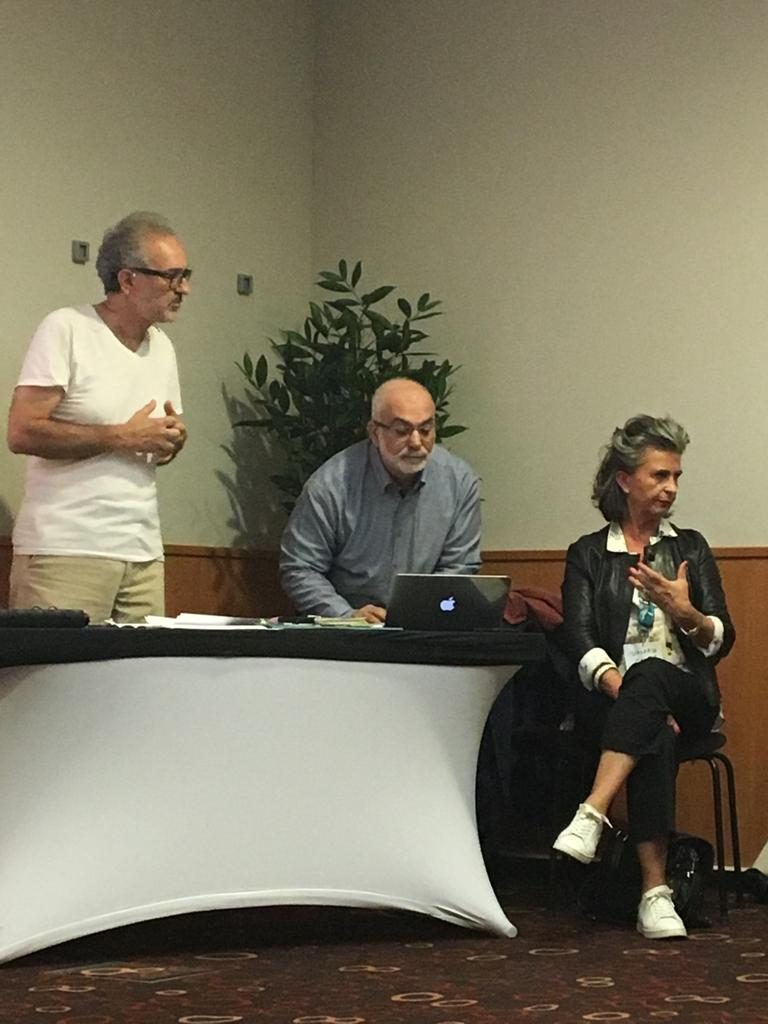
Our directors Giovanni Salonia and Valeria Conte held a workshop “The dance of the pronounces. The Theory of Self and Family Therapy in Gestalt Therapy”:
The dance of the pronounces. The Theory of Self and Family Therapy in Gestalt Therapy
This model of family therapy the ‘dance of the chairs and the dance of the pronouns’ – this is the name of the model that is presented on a theoretic level and by simulations – apply the theory of Self (Perls ‒ Goodman) to the family. The aim of this model, is to support, in the family members, the restore of the aesthetic that adjusts in accordance with the various alterities and it is expressed in a new dance: the family’s dance of growth towards the new evolutionary tasks. In a concrete way, we work on placing the symptom of the individual member of the family in the background of the family relationship. Through the dance of the chairs (that is to say, changing chairs to favour and restore new functional proxemics) the functions of the Self are reactivated, first of all the functions of the parental couple and then the ones of the other members. So the family restarts the dance they have interrupted to reach the new evolutionary task of its family Life Cycle.
Thanks to all those who were present and see you at the next Eagt conference!

